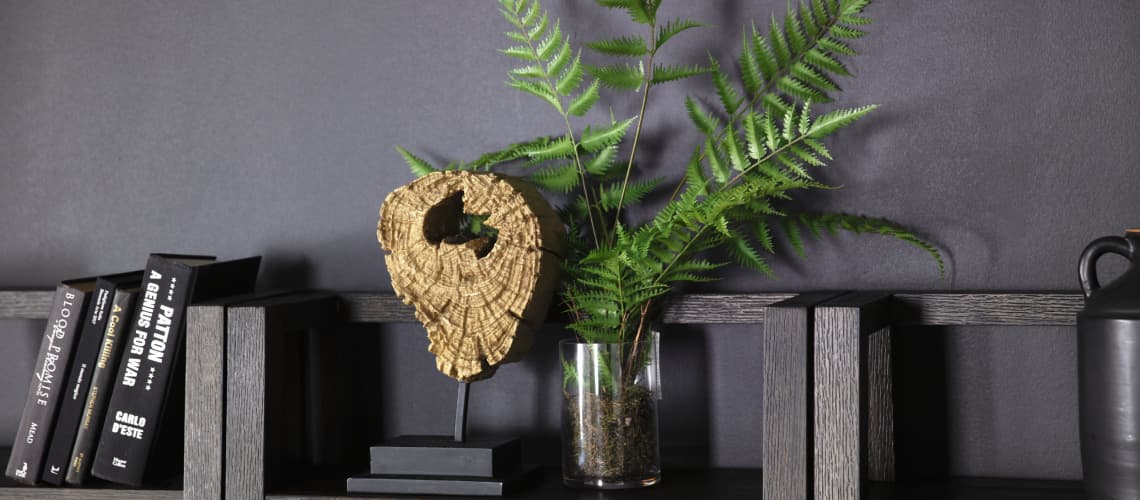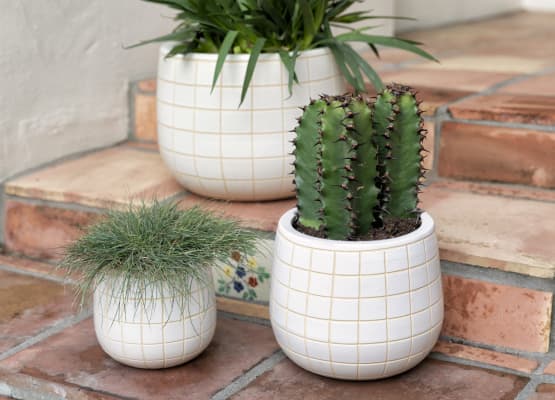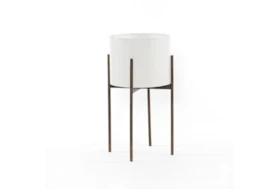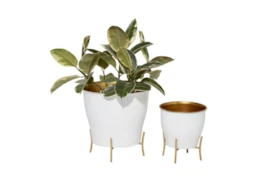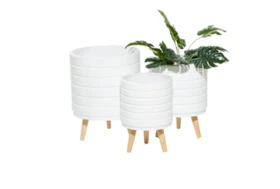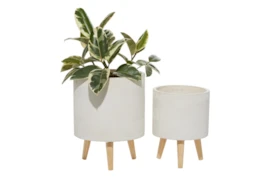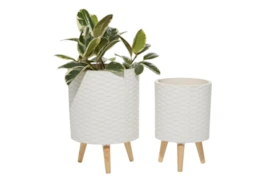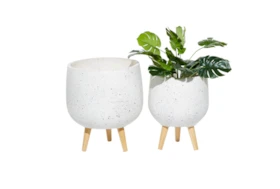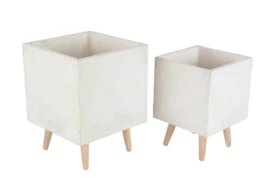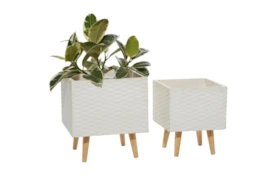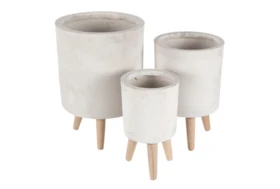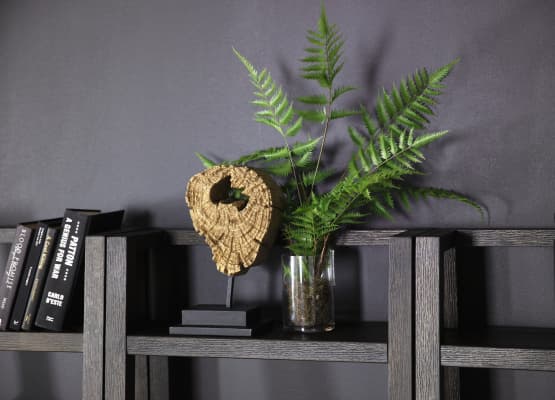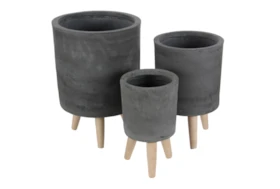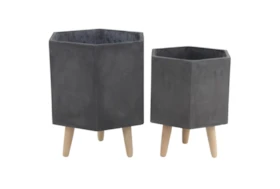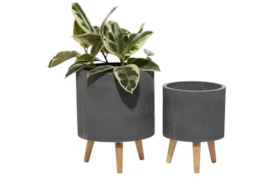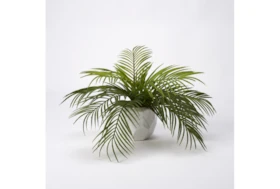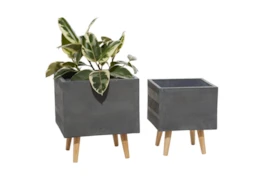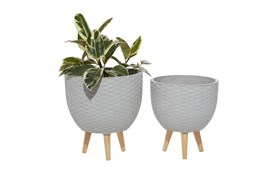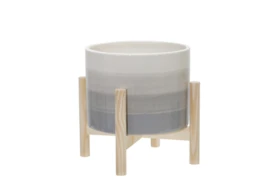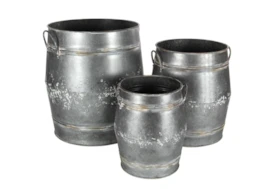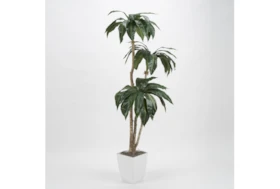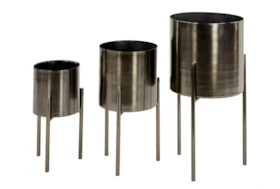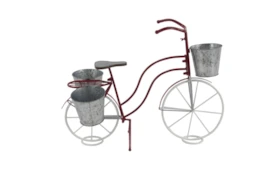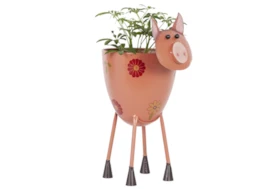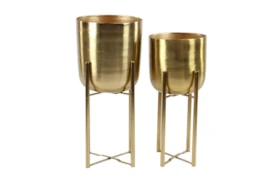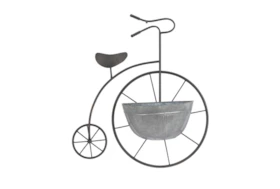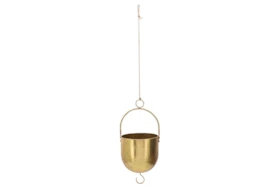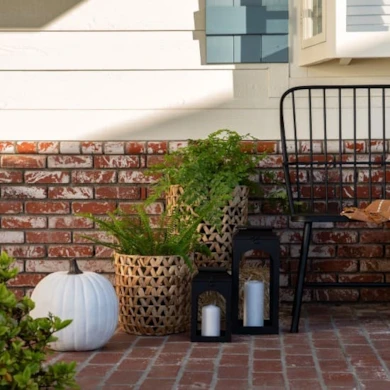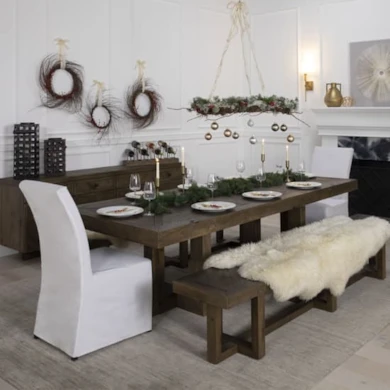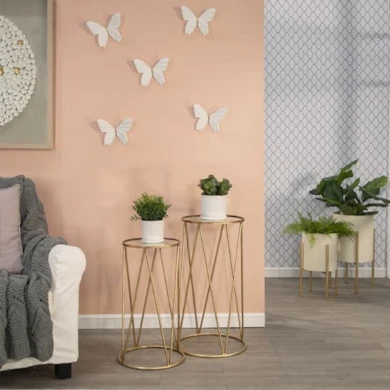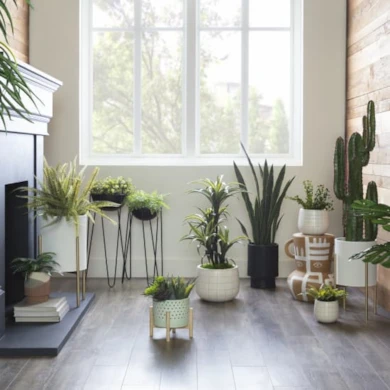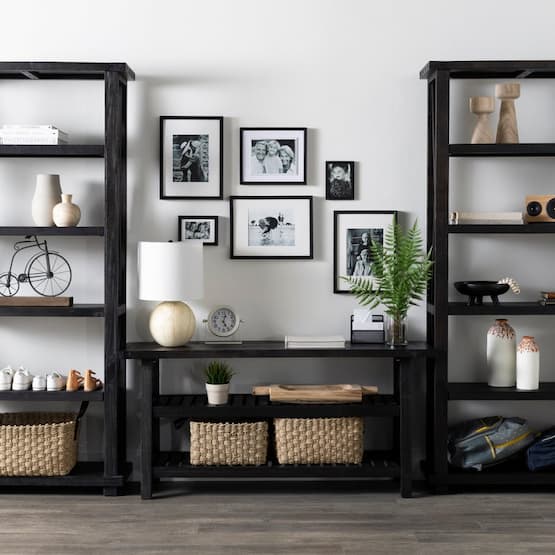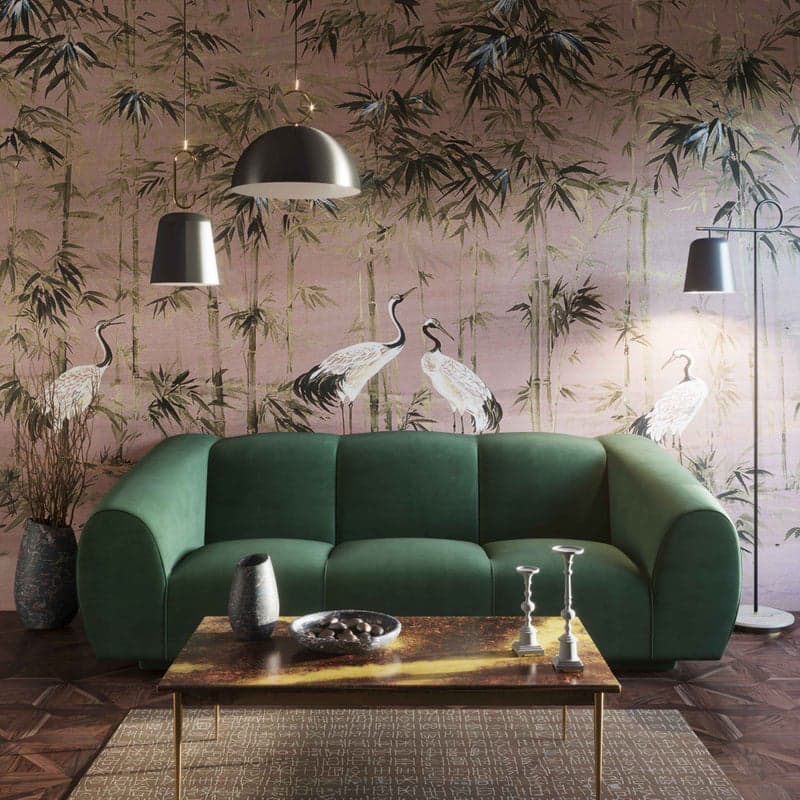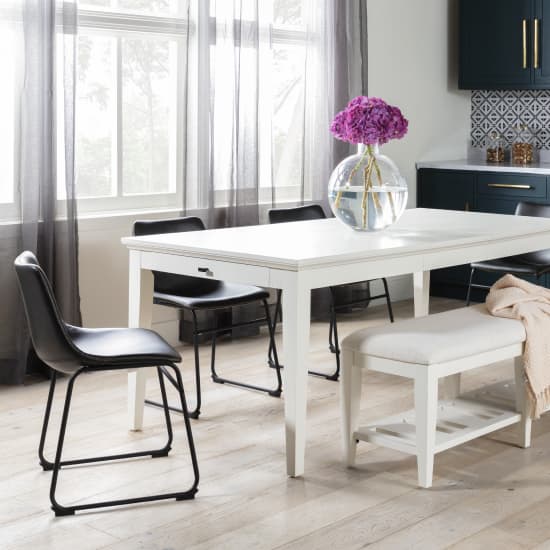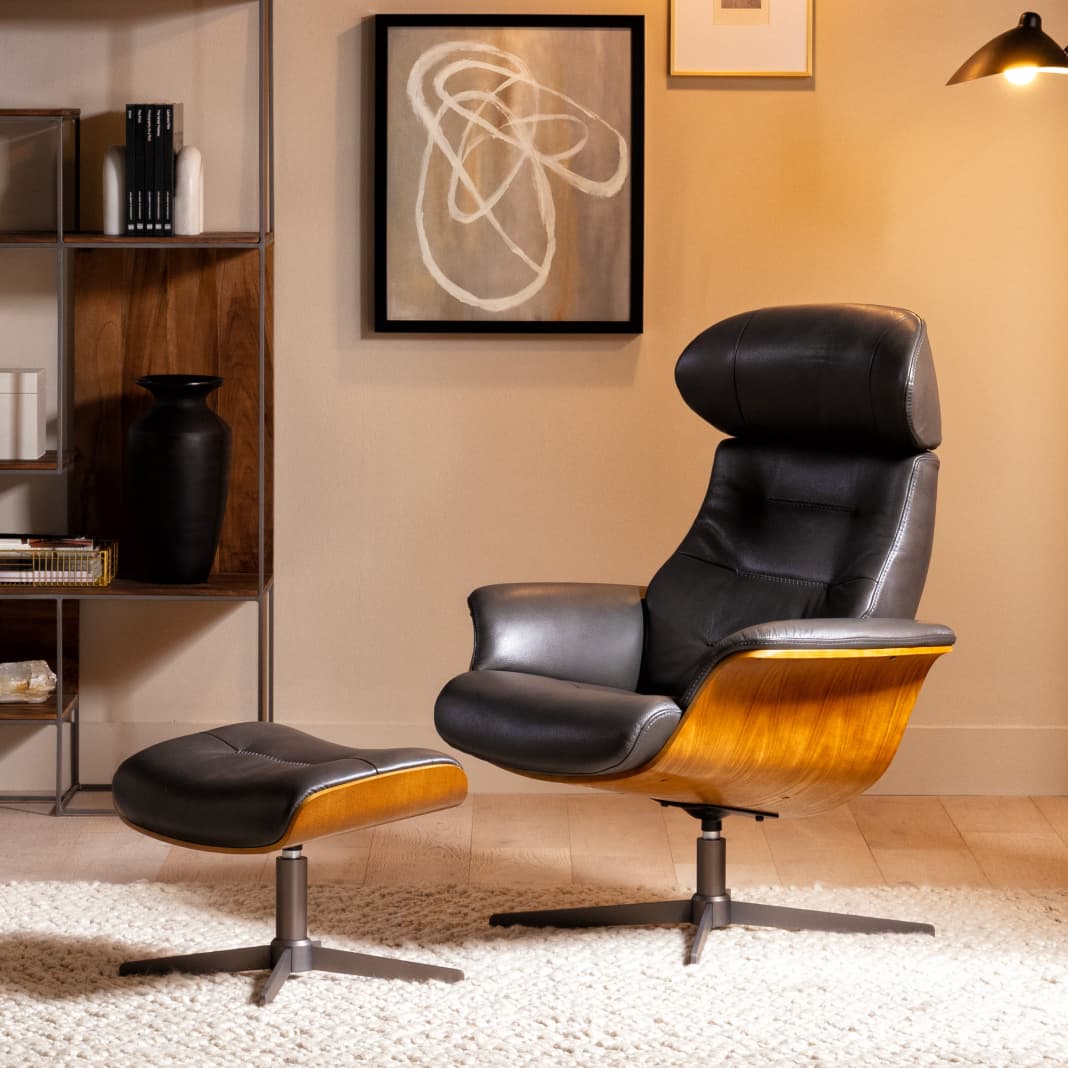How to Pot + Repot a Plant
Benefits of Having Plants
Aside from the generous feeling of warmth they add to indoor spaces, plants contribute to healthier air by creating oxygen and producing humidity, which makes having a strong collection of indoor plants an especially good choice for homes suffering from dry air. Research has also shown plants to have surprising effects on mood, attention, and overall health (a 2002 review revealed that they may help us recover from illness faster), and there is evidence to suggest that they boost productivity and contribute to a more positive attitude towards work.
Types of Plant Pots
Before rushing to your nearest garden store or buying plant pots online, it may be beneficial to know some fundamental differences between indoor plant pots and outdoor plant pots.
Indoor Plant PotsNot needing to be able to withstand the hardships of an outdoor environment, indoor plant pots tend to be of a more delicate constitution than their outdoor counterparts. Often thinner and smaller, they can fit snug in indoor spaces such as windowsills and stands and are often made of ceramic material.
Outdoor Plant Pots
Having to be strong enough to tough out all types of weather conditions, outdoor varieties are of a much more heavy-duty nature, tend to be much bigger and are often made from heavier materials like zinc, copper, and even steel. These types are also referred to as 'planters.'
How to Pot a Plant
Usually, when you buy a plant, it already comes in a plastic pot. However, this standard-issue design is not the most visually appealing, and replanting into something a bit more tasteful to match your indoor or garden furniture is usually the preferable option. So - just how do you pot a plant? Here are three simple steps to get the job done!
-
Make sure you have the right soil for your plant
While most indoor plants can survive using the generic soil sold at your garden center, some plants require special attention. Be sure to do your due diligence in research before simply putting your new plant into any old soil. (If you're buying at your local garden center, the staff there should be able to help you; if you're buying plant pots and plants online, asking a question or browsing a plant forum should point you in the right direction.)
-
Remove the plant from its current pot
When removing the plant from its current pot, take extra care and be extra gentls; the last thing you want to do is break any of the roots or cause trauma to the plant.
-
Remove old potting mix and loosen roots
It can take a bit of finger work to remove the old mix from the plant, but it doesn't need to be a perfect job – just remove as much as you can. When you've finished, loosen the roots with your fingers to allow the roots to breathe; this will also help them to be more evenly distributed when they go into the new pot.
-
Introduce your plant to its new home
Place the plant into the new pot and fill the surrounding empty space with plant mix. Make sure the soil is not too tightly packed to allow for draining and breathability.
You might notice the plant looks a little bit dull for a few days. Like humans, plants experience trauma when moving to a new place, and it can be some time before their roots take to the soils. When planting, just remember: it's all about patience!
Here are three simple steps to get the job done!— More Great Articles —
Plant Pots to Put Your Skills to the Test
Read the Latest
Editorial Disclaimer: Articles featuring tips and advice are intended for educational purposes and only as general recommendations. Always practice personal discretion when using and caring for furniture, decor and related items.
